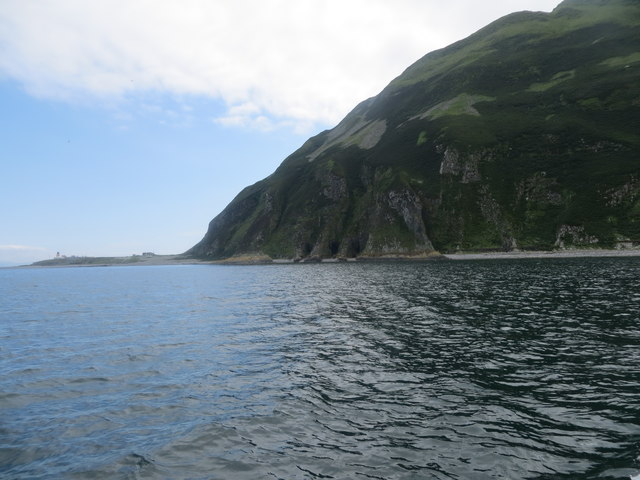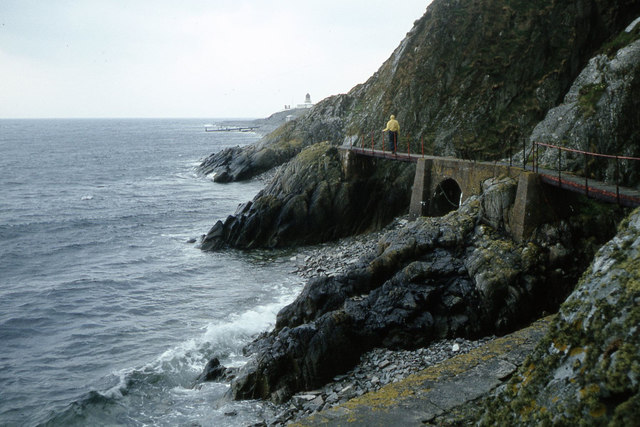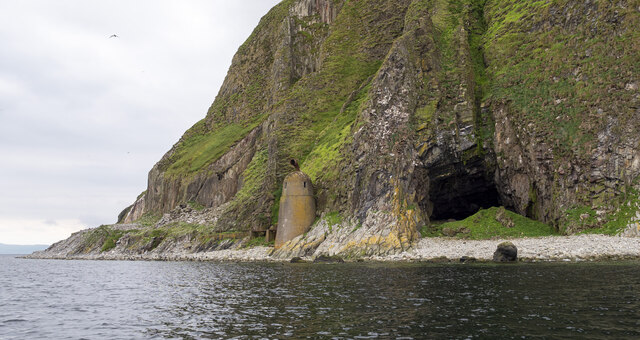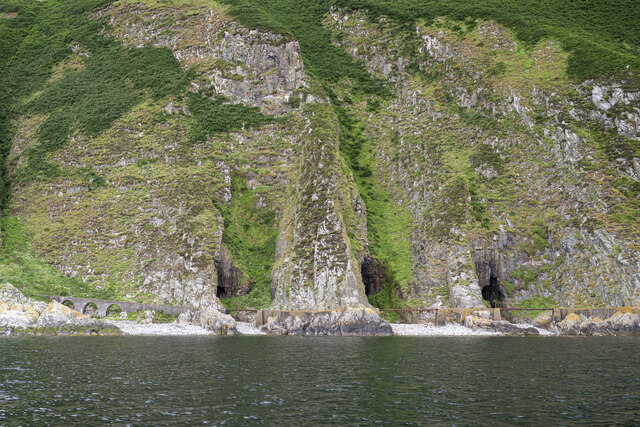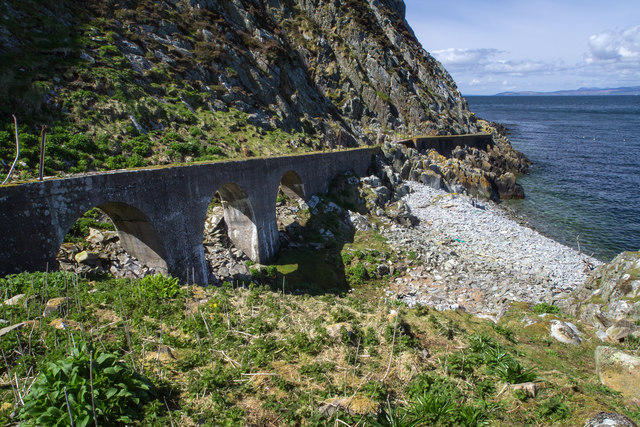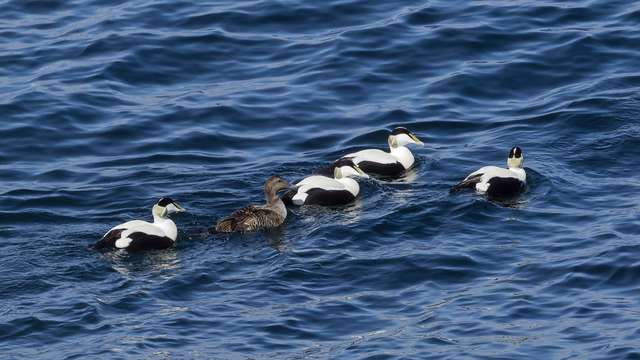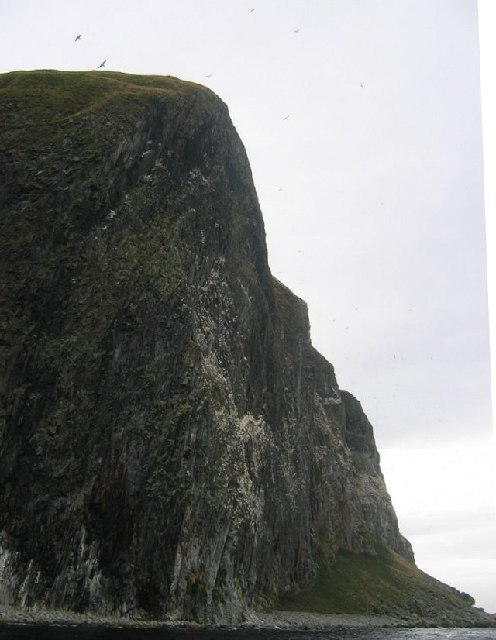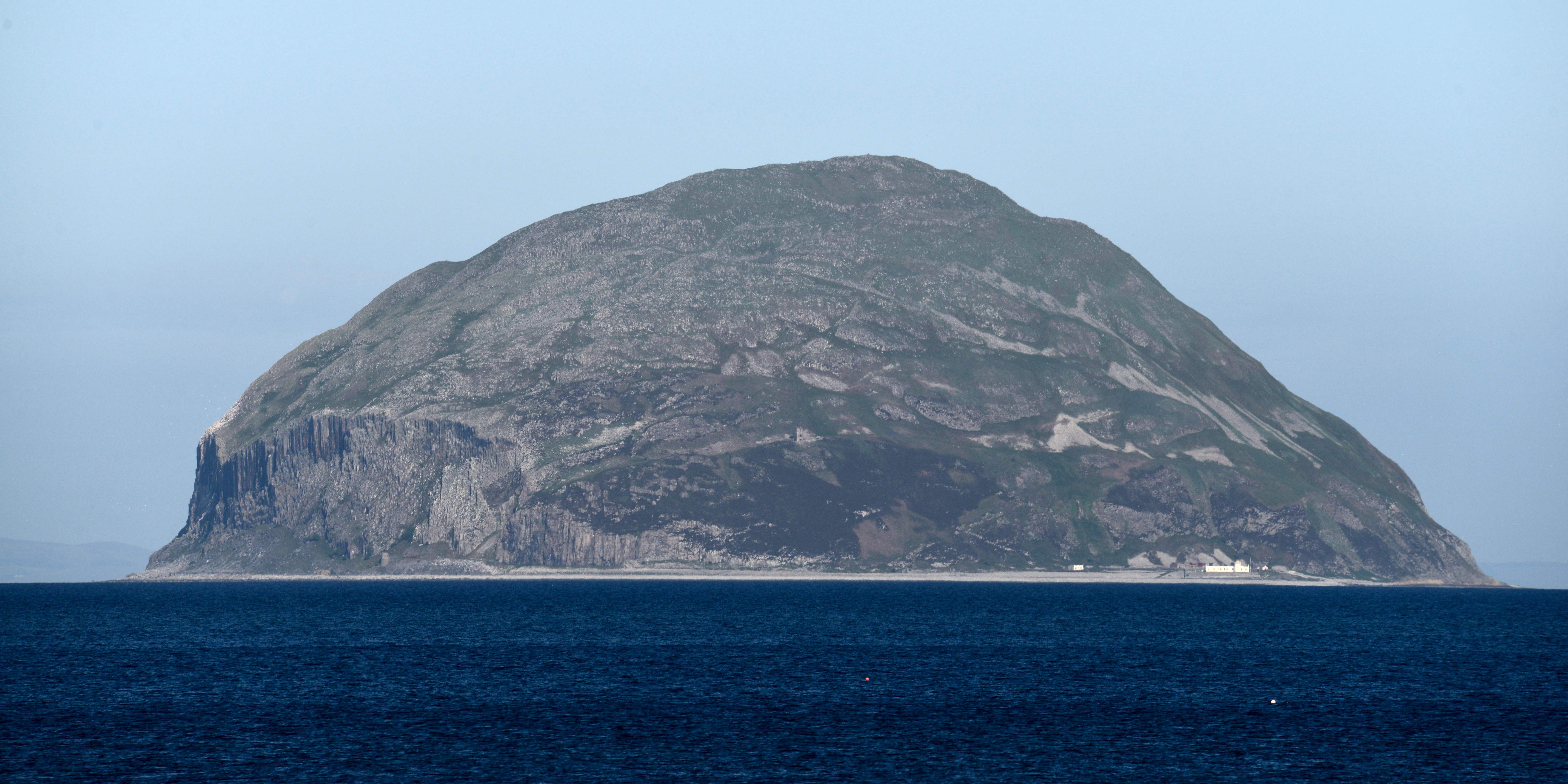Ashydoo Church
Coastal Feature, Headland, Point in Ayrshire
Scotland
Ashydoo Church
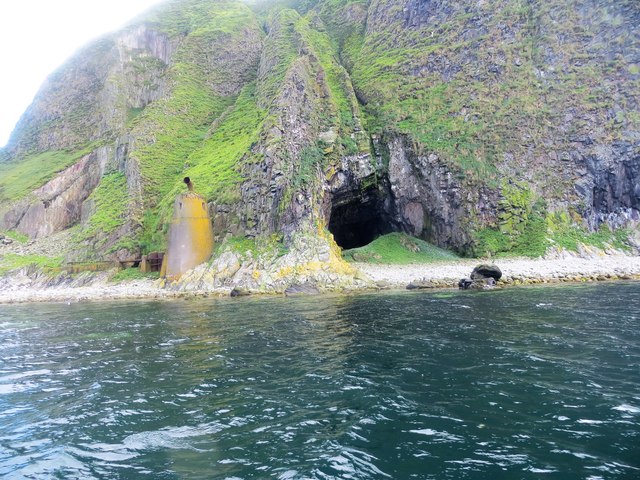
Ashydoo Church is a prominent coastal feature located in Ayrshire, Scotland. Situated on a headland, it is positioned at a point where land juts out into the sea, offering stunning views of the surrounding coastline. The church is known for its historic significance and picturesque setting.
Constructed in the 12th century, Ashydoo Church is a fine example of Scottish medieval architecture. It is made of local stone and features a simple yet elegant design. The church's location on the headland provides a sense of grandeur, as it stands tall against the backdrop of the sea.
Visitors to Ashydoo Church can explore its interior, which still retains some original features. The stone walls, arched windows, and vaulted ceiling showcase the craftsmanship of the time. The church also houses a collection of ancient artifacts and religious relics, giving visitors a glimpse into its rich history.
The surroundings of Ashydoo Church are equally captivating. The headland offers breathtaking views of the rugged coastline, with crashing waves and rocky cliffs. The area is a haven for wildlife, with seabirds nesting on the cliffs and seals often spotted in the waters below.
Ashydoo Church is a popular destination for tourists and locals alike, attracting those seeking a peaceful retreat or an appreciation for historical architecture and natural beauty. Its location on a headland, overlooking the sea, adds to its charm and allure.
If you have any feedback on the listing, please let us know in the comments section below.
Ashydoo Church Images
Images are sourced within 2km of 55.254006/-5.1244634 or Grid Reference NX0199. Thanks to Geograph Open Source API. All images are credited.
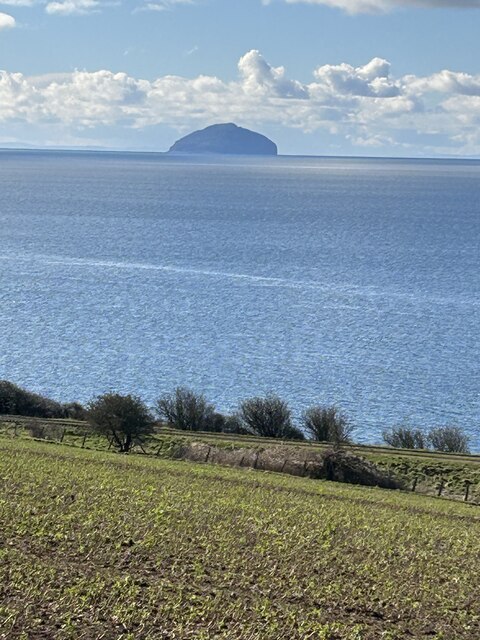
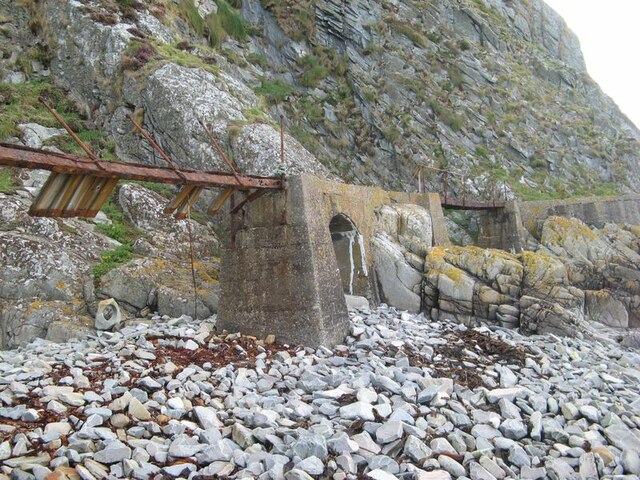
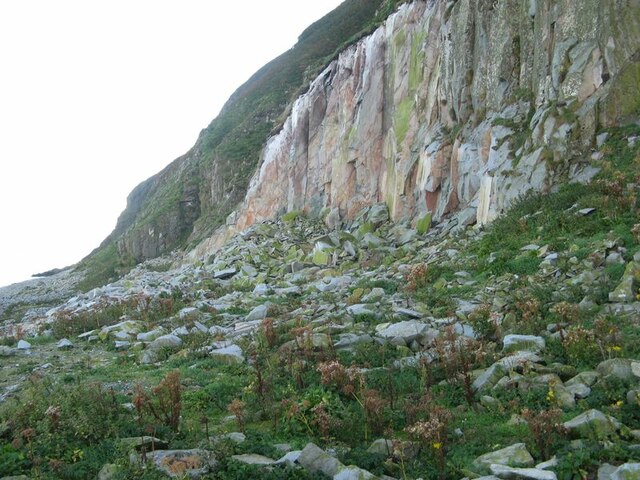
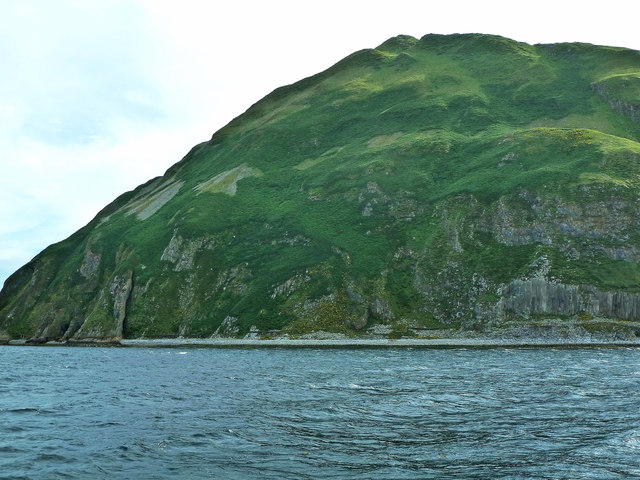
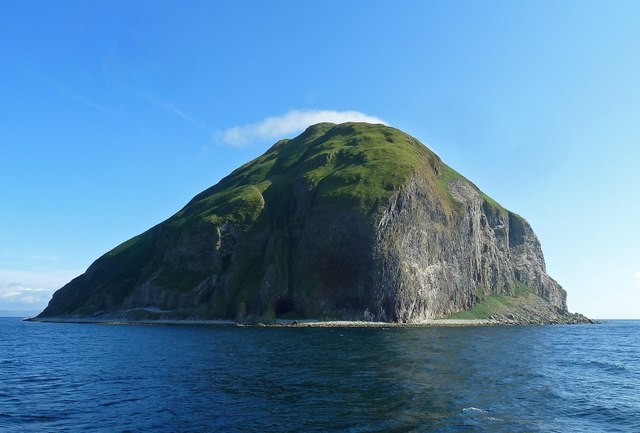
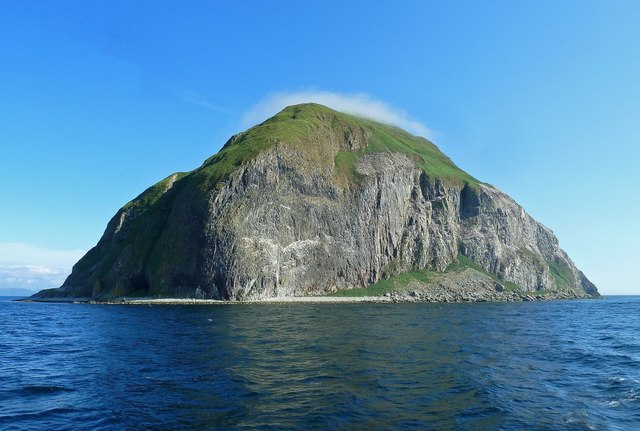
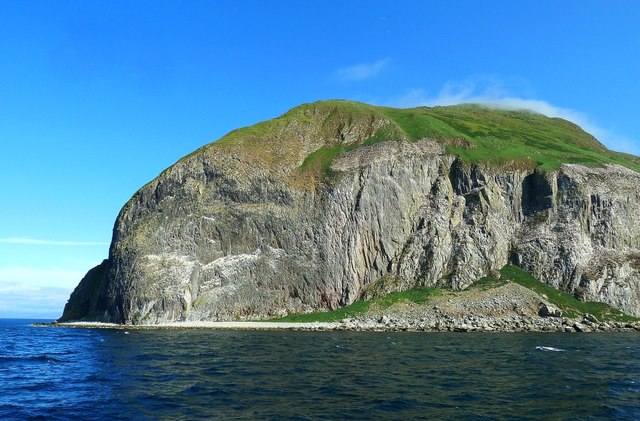
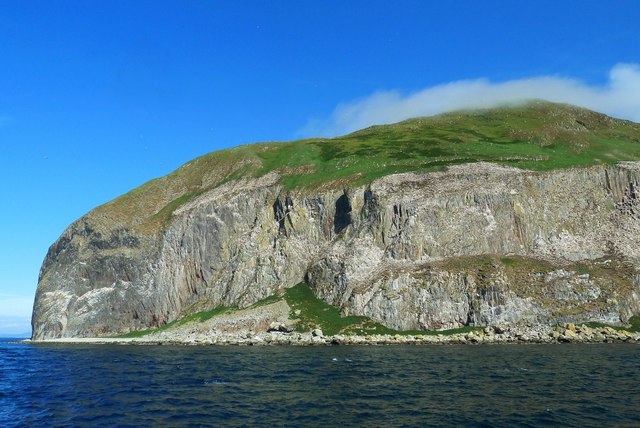
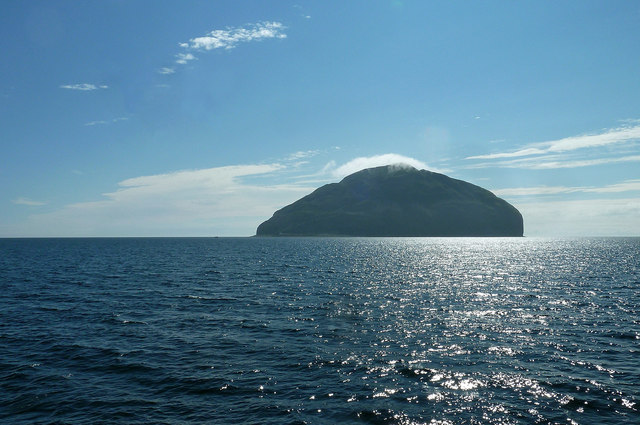
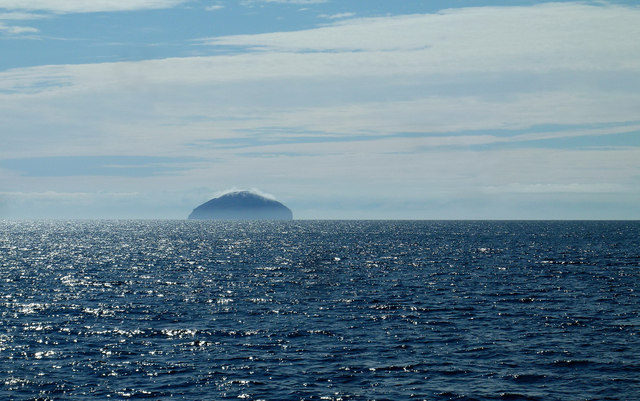
Ashydoo Church is located at Grid Ref: NX0199 (Lat: 55.254006, Lng: -5.1244634)
Unitary Authority: South Ayrshire
Police Authority: Ayrshire
What 3 Words
///dust.spires.dispensed. Near Girvan, South Ayrshire
Nearby Locations
Related Wikis
Ailsa Craig
Ailsa Craig (; Scots: Ailsae Craig; Scottish Gaelic: Creag Ealasaid) is an island of 99 ha (240 acres) in the outer Firth of Clyde, 16 km (8+1⁄2 nmi) west...
Ailsa Craig Lighthouse
The Ailsa Craig Lighthouse, is an active 19th century lighthouse located on Ailsa Craig, an island in the Firth of Clyde, just offshore from Girvan, South...
Nearby Amenities
Located within 500m of 55.254006,-5.1244634Have you been to Ashydoo Church?
Leave your review of Ashydoo Church below (or comments, questions and feedback).
